
O: Sensor: OFF 1: Sensor: ON 3 Input block connector Connects the Input block. 12 8 Output block connector Connects the solenoid valve, Output block etc. 4 SW 1 5 13 9 Safety Instructions SI unit 5 Display window LED display shows the SI unit status. 2 6 14 10 HW 6 Switch protective cover Sets the address etc. with the switch inside. 31 29 27 25 23 17 3 7 21 19 15 11 Address setting mode
. : EX500-AP Power supply connector Power supply connector 3 4 5 2 3 4 5 2 1 1 14 15 Cable connection For wiring with solenoid valves or input devices, connect the branch cable with M12 connector to communication ports A D. There are two types of cables different in connector shape ---straight type and angle type.
Communication connector for PROFIBUS DP Green Red Shield VP RxD/ TxD-N DGND RxD/ TxD-P SHIELD Green Red Shield Drawing 4 Drawing 1 15 14 Display/ Switch Setting Wiring (continued) Power supply wiring Connect power supply wiring to the two power supply 2-pin connectors.
DA DB DG SLD FG Yellow Blue White Shield Drawing 1 15 14 Wiring (continued) (4) Refer to Drawing 4 about how to connect to the unit. (2) Make sure to connect a "terminating resistor" to the units at the both ends of the system (Refer to Drawing 2).
Through the combination of parallel I/O inputs, 14 points of positioning are available. The speed and acceleration of the positioning can be set by the switch for each operating direction. A single signal sent to a dedicated terminal returns an actuator to the home position.
Through the combination of parallel I/O inputs, 14 points of positioning are available. The speed and acceleration of the positioning can be set by the switch for each operating direction. A single signal sent to a dedicated terminal returns an actuator to the home position.
Through the combination of parallel I/O inputs, 14 points of positioning are available. The speed and acceleration of the positioning can be set by the switch for each operating direction. A single signal sent to a dedicated terminal returns an actuator to the home position.
Through the combination of parallel I/O inputs, 14 points of positioning are available. The speed and acceleration of the positioning can be set by the switch for each operating direction. A single signal sent to a dedicated terminal returns an actuator to the home position.
Through the combination of parallel I/O inputs, 14 points of positioning are available. The speed and acceleration of the positioning can be set by the switch for each operating direction. A single signal sent to a dedicated terminal returns an actuator to the home position.
Through the combination of parallel I/O inputs, 14 points of positioning are available. The speed and acceleration of the positioning can be set by the switch for each operating direction. A single signal sent to a dedicated terminal returns an actuator to the home position.
Through the combination of parallel I/O inputs, 14 points of positioning are available. The speed and acceleration of the positioning can be set by the switch for each operating direction. A single signal sent to a dedicated terminal returns an actuator to the home position.
Through the combination of parallel I/O inputs, 14 points of positioning are available. The speed and acceleration of the positioning can be set by the switch for each operating direction. A single signal sent to a dedicated terminal returns an actuator to the home position.
Through the combination of parallel I/O inputs, 14 points of positioning are available. The speed and acceleration of the positioning can be set by the switch for each operating direction. A single signal sent to a dedicated terminal returns an actuator to the home position.
Through the combination of parallel I/O inputs, 14 points of positioning are available. The speed and acceleration of the positioning can be set by the switch for each operating direction. A single signal sent to a dedicated terminal returns an actuator to the home position.
Through the combination of parallel I/O inputs, 14 points of positioning are available. The speed and acceleration of the positioning can be set by the switch for each operating direction. A single signal sent to a dedicated terminal returns an actuator to the home position.
Through the combination of parallel I/O inputs, 14 points of positioning are available.? The speed and acceleration of the positioning can be set by the switch for each operating direction.? A single signal sent to a dedicated terminal returns an actuator to the home position.?
Through the combination of parallel I/O inputs, 14 points of positioning are available. The speed and acceleration of the positioning can be set by the switch for each operating direction. A single signal sent to a dedicated terminal returns an actuator to the home position.
Through the combination of parallel I/O inputs, 14 points of positioning are available. The speed and acceleration of the positioning can be set by the switch for each operating direction. A single signal sent to a dedicated terminal returns an actuator to the home position.
Through the combination of parallel I/O inputs, 14 points of positioning are available. The speed and acceleration of the positioning can be set by the switch for each operating direction. A single signal sent to a dedicated terminal returns an actuator to the home position.
Through the combination of parallel I/O inputs, 14 points of positioning are available. The speed and acceleration of the positioning can be set by the switch for each operating direction. A single signal sent to a dedicated terminal returns an actuator to the home position.
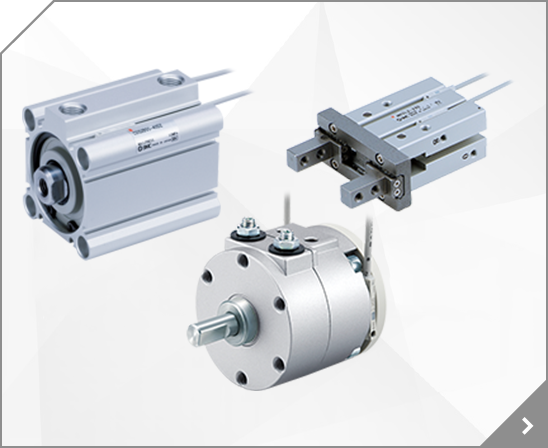
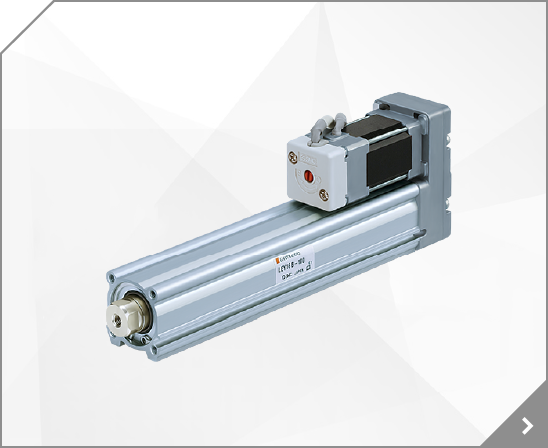
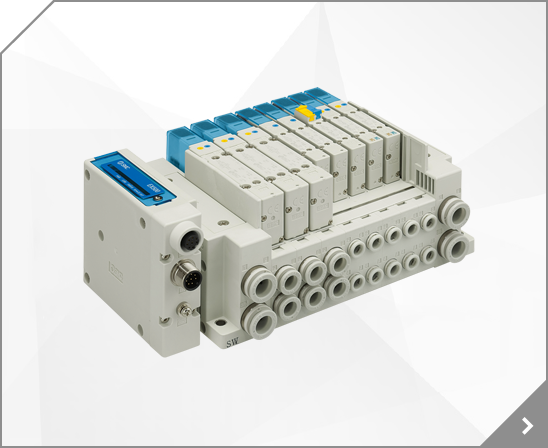
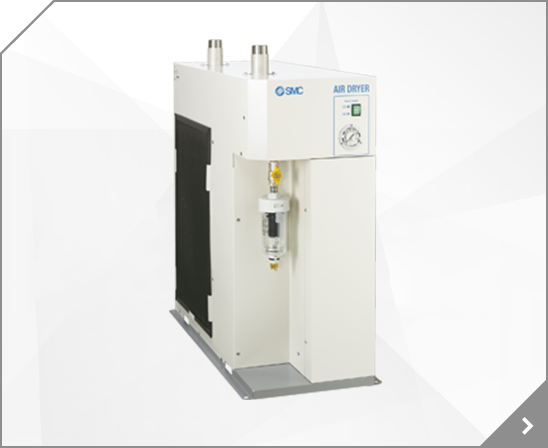
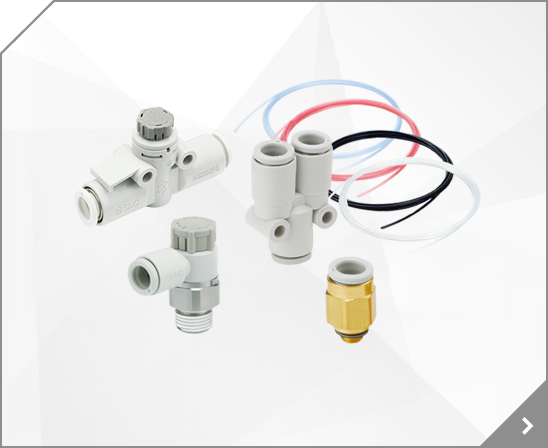
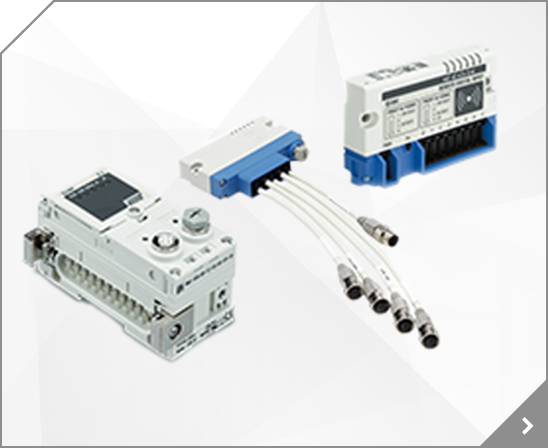
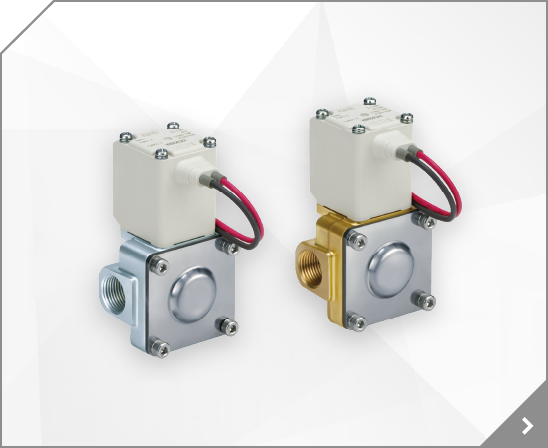
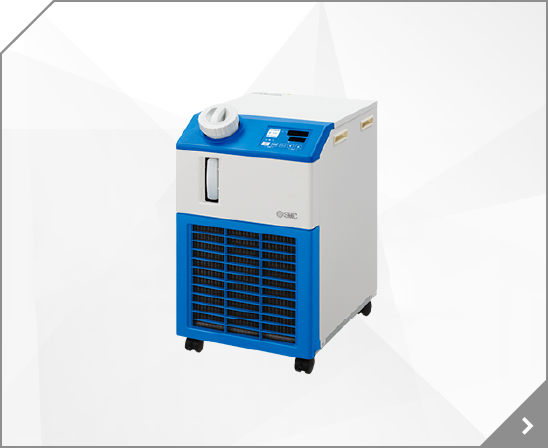
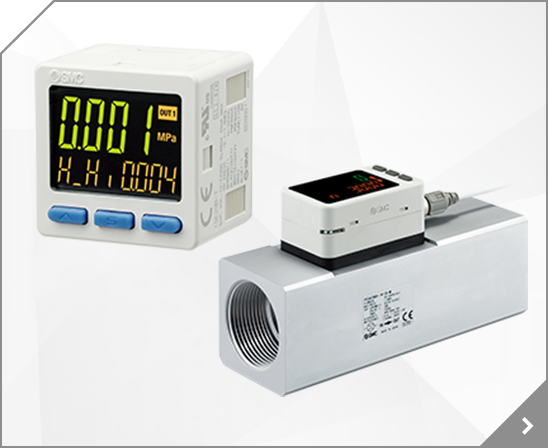
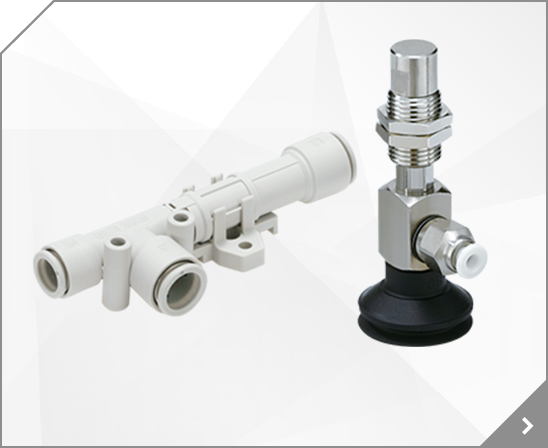

 EX250-SPR_eng
EX250-SPR_eng